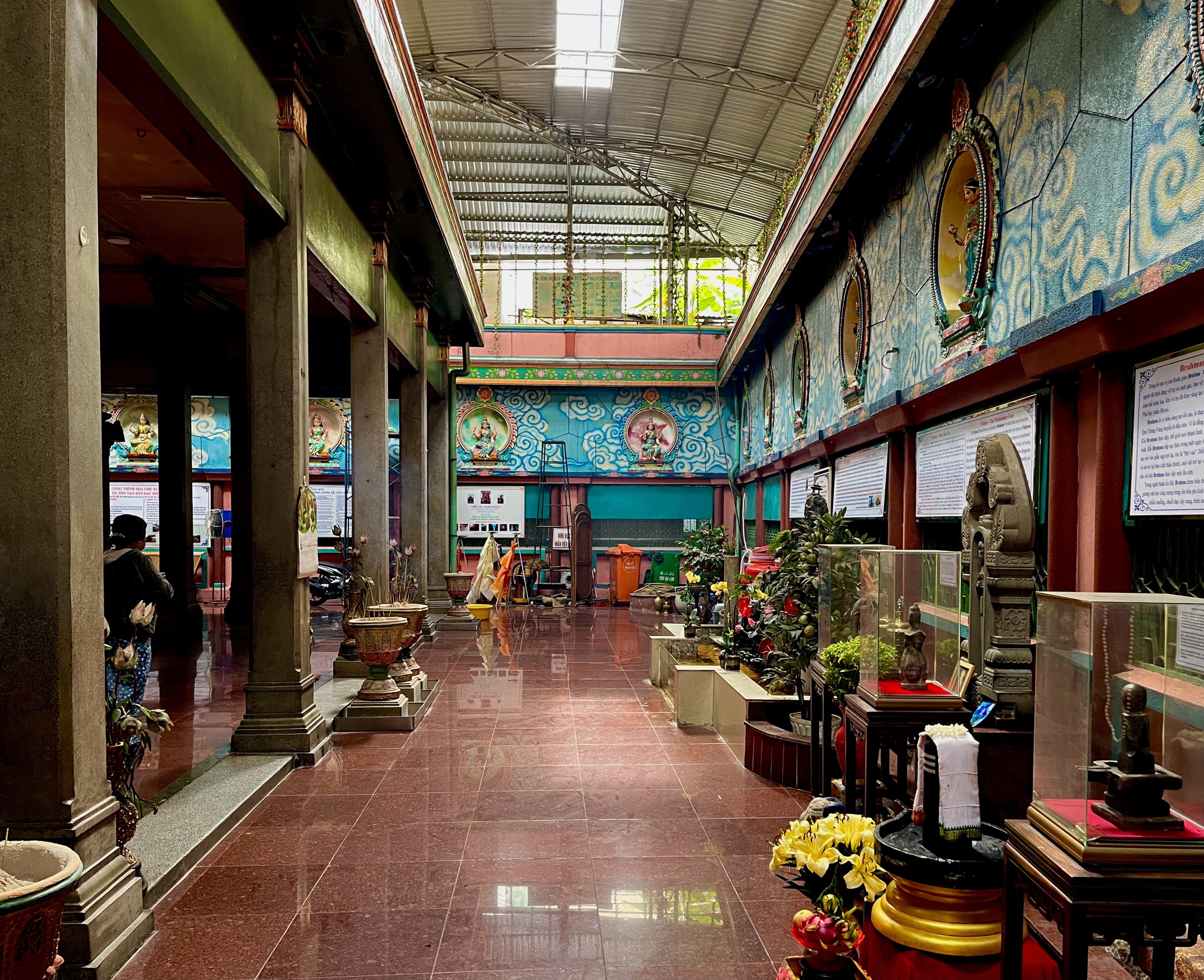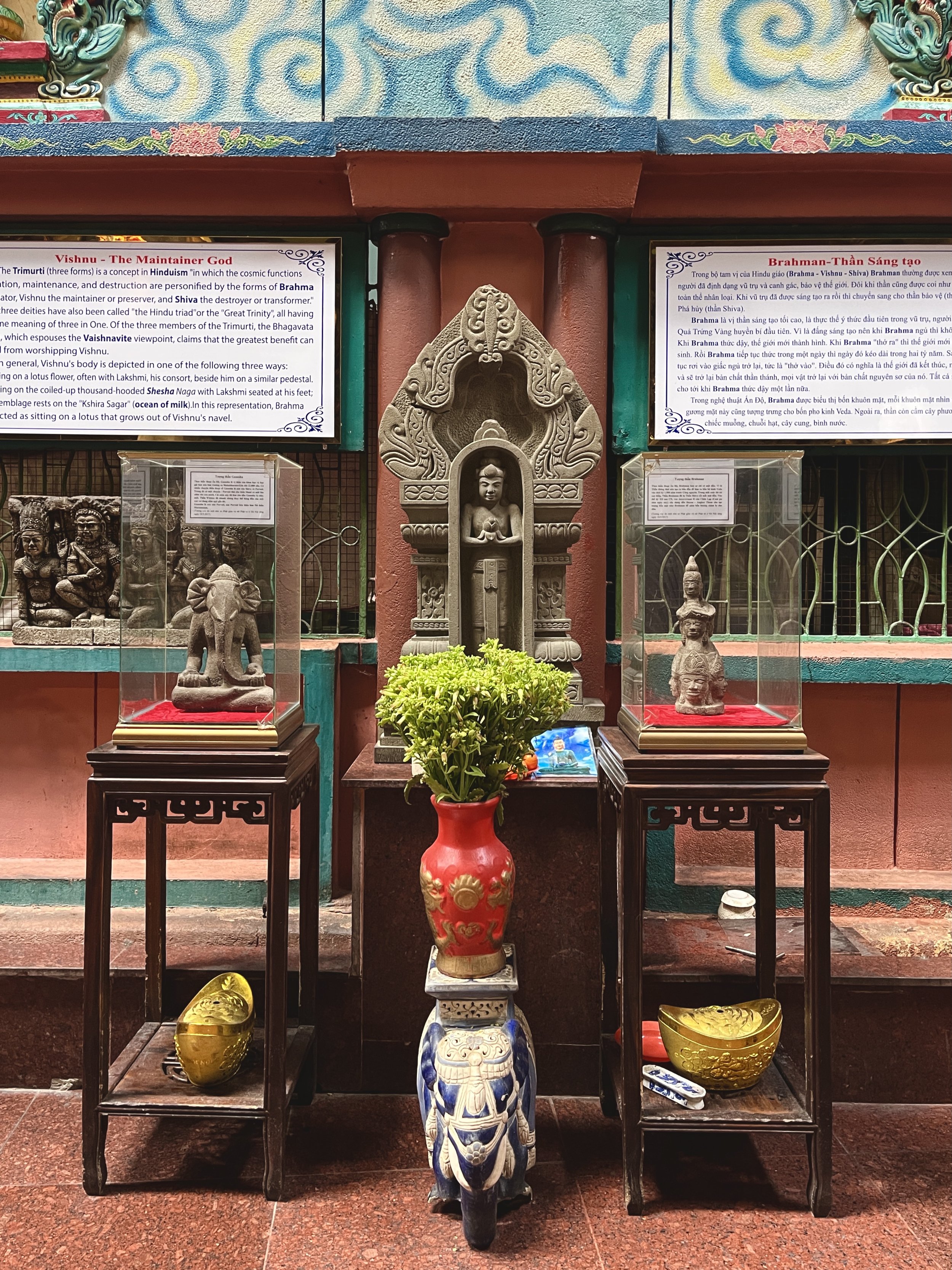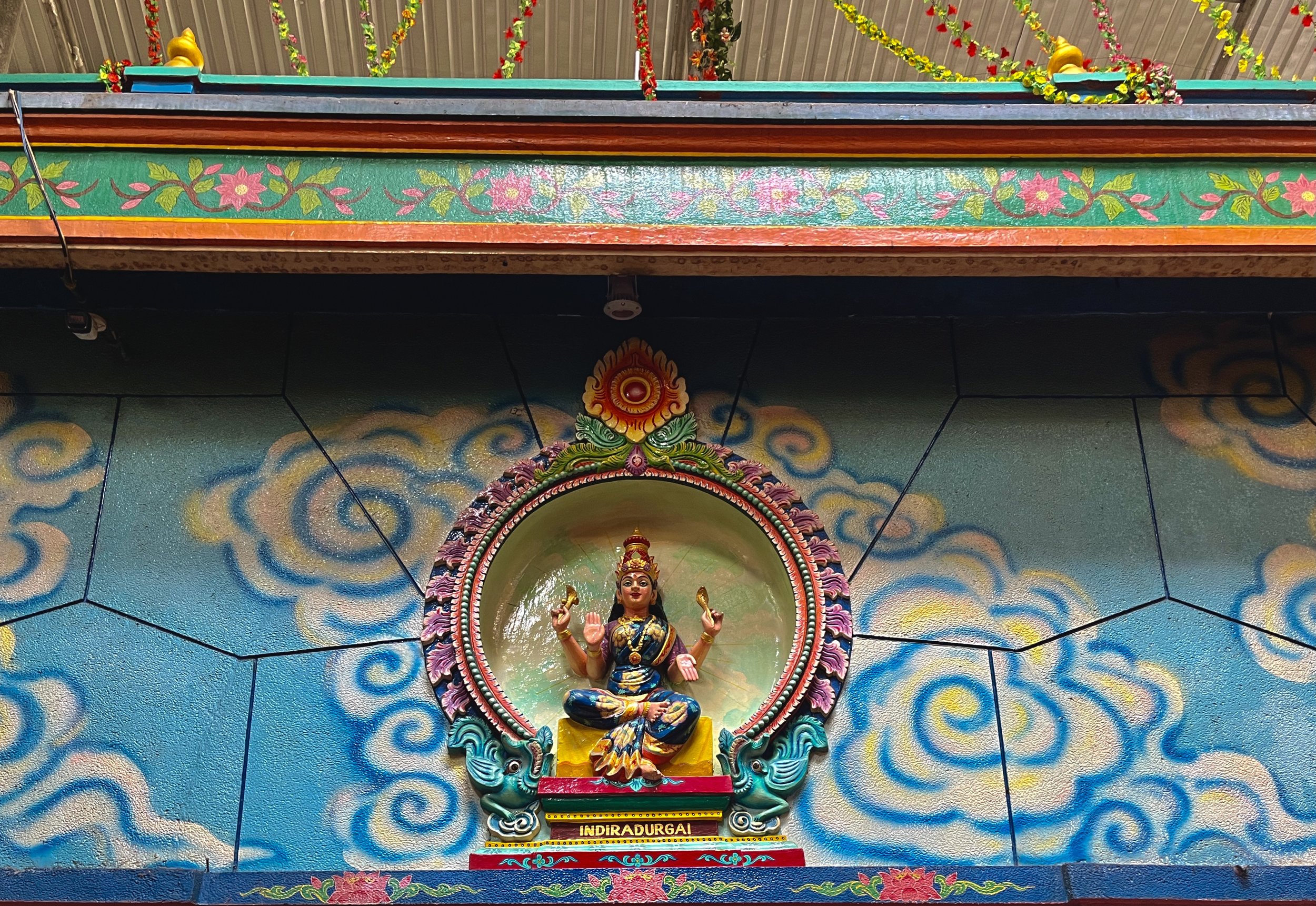A fishing village colonized by the French in 1673, Pondicherry (now Puducherry), the capital of French India, was France’s oldest and longest surviving Indian colony, only legally merging with modern independent India in 1962. By the 19th century, Pondicherry was called ‘the French Riviera of the East,’ having become a terribly wealthy port and resort town. Indians there were permitted to rule themselves under Hindu law with French oversight, but in an effort to mitigate the worst effects of the caste system and create a class of loyal, semi-assimilated workers, the French issued the Pondicherry Decree of 1881, giving native Indian residents of the colony the option to renounce their Hindu personal and legal status, and instead be governed by the French Civil Code, effectively making them French citizens.
As expected, a new caste was born, commonly called “renouncers,” many of whom quickly used their new legal status as equal French citizens to migrate to France’s newer colonies in Indochina, where those fluent in French and educated in French schools were able to easily obtain government jobs as administrators, small claims judges, postal workers and policemen, and were exempt from the corvee system imposed on the native Vietnamese. Seizing the opportunity, Nattukottai Chettiars (a Tamil caste traditionally involved in money lending, banking, commerce, and various mercantile trades) followed suit, renouncing and moving to Saigon to set up businesses. It was these renouncers and chettiars who built the Mariamman temple around 1890, bringing in a proper architect from British Madras to create a modest Dravidian style temple.
Mariamman is the goddess of rain, one of the most popular village goddesses of Tamil Nadu, and was traditionally worshipped in order to ward off diseases featuring rashes and traditionally thought to be caused by heat, including chickenpox, smallpox, measles, etc. Over time, the temple attracted more ethnic Khmers living in Saigon and practicing the Hindu religion, and some intermarriages between Tamils and Vietnamese. Due to their higher social and legal status, Tamils in Saigon were referred to as ‘Bengali' or ‘Chetty’, while immigrants from British India were called ‘Bombay’.
The Tamil-origin descendants of Renouncers mostly left with the French in 1954, leaving the temple to the Chettiars and Khmers. During Reunification in 1975, the few hundred families still worshipping here mostly fled the country, and administration of the temple was assumed by the People’s Committee, which dictated no priest could receive a salary, only live off the charity of congregants. This anti-religion strategy worked, with only one Tamil priest able to remain thanks to the generosity of the few remaining families. This priest is said to have adopted two Khmer orphans, whom he trained as priests. They married Vietnamese women, and each had a son, who are the current priests at the temple. Only 50 families regularly worship here, none are of Tamil origin, and the grandsons of that last Tamil priest speak very limited Tamil. The temple survives mostly on donations from tourists; donations from wealthy Tamils living in Malaysia and Singapore finance a soup kitchen and festival days. Worship is daily at 10:00 AM. Visiting here is sort of like finding a bottle washed up on a beach, a bottle recognizable from decades ago but no longer made, a frosty piece of sea glass. . .








